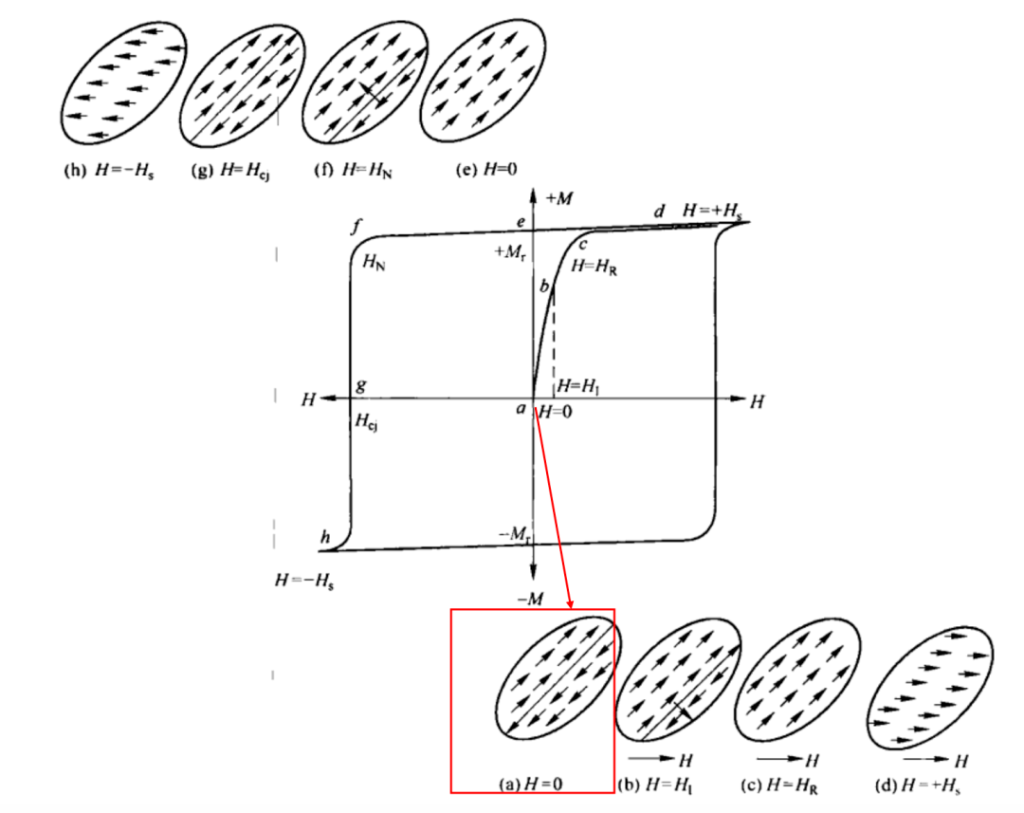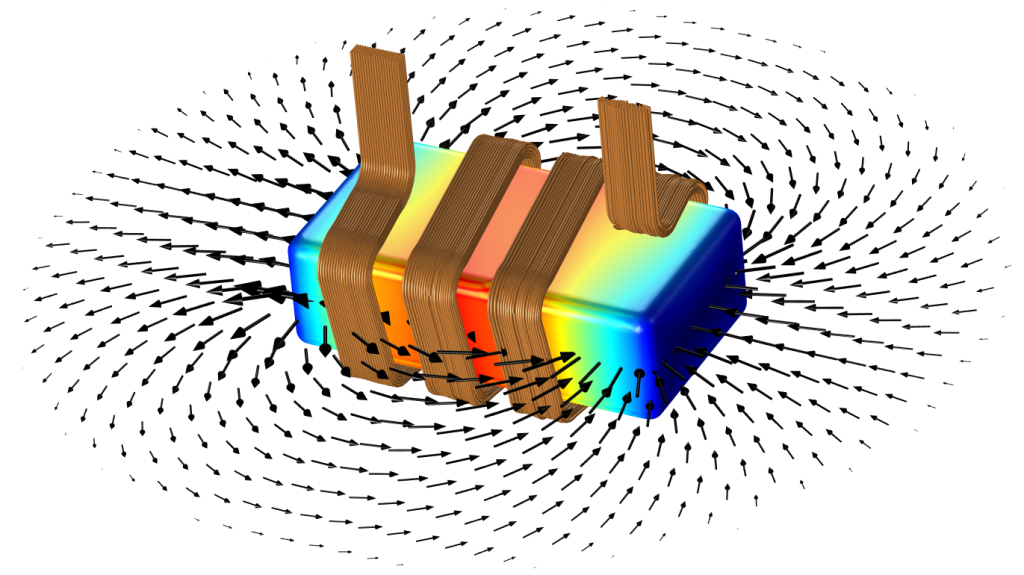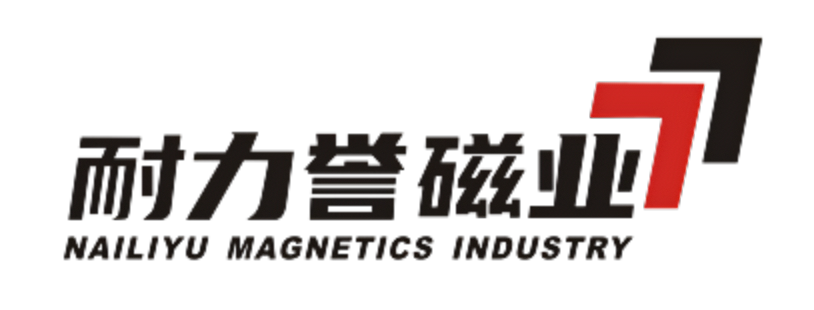一、Basic Concepts:
Magnetic domains are small magnetized regions within ferromagnetic materials that differentiate during spontaneous magnetization to minimize static magnetic energy. Adjacent domains have differently aligned atomic magnetic moments, creating magnetic domain walls. Normally, these moments cancel each other out, resulting in zero net magnetization.

二、Response to External Magnetic Fields:
1.Magnetic Domain Rotation:
When placed in an external magnetic field, magnetic domains rotate towards the field’s direction.
As the field strength increases, more domains align, enhancing magnetization.
At magnetic saturation, all domains are aligned with the external field.
2.Magnetic Domain Wall Displacement:
Alongside rotation, magnetic domain walls shift, accelerating magnetization.
This mechanism contributes to achieving higher magnetization intensities.
3.Magnetizing Current Generation:
Electrons in the magnetic medium, influenced by the external field’s Lorentz force, move directionally, forming magnetizing currents.
These currents interact with the external field, generating a magnetic moment and exhibiting magnetism.
The current’s magnitude correlates directly with the external field’s strength.

三、Results:
1.Magnetization Increase:
External field strength augmentation leads to gradual magnetization growth.
Saturation marks the point where further field increases do not boost magnetization.
2.Hysteresis Phenomenon:
During field reduction or reversal, domains’ rotation and wall displacement lag, retaining residual magnetization.
This lag results from overcoming domain interactions and friction, causing energy loss and heat generation.
3.Domain Structure Stability and Variation:
Under external fields, domains realign for minimal energy.
Upon field removal, domains may partially or fully revert, depending on rotation and wall displacement reversibility.
In summary, magnetic domains’ response to external fields involves complex processes such as rotation, wall displacement, and current generation, shaping magnetic media’s characteristics and impacting practical applications.
